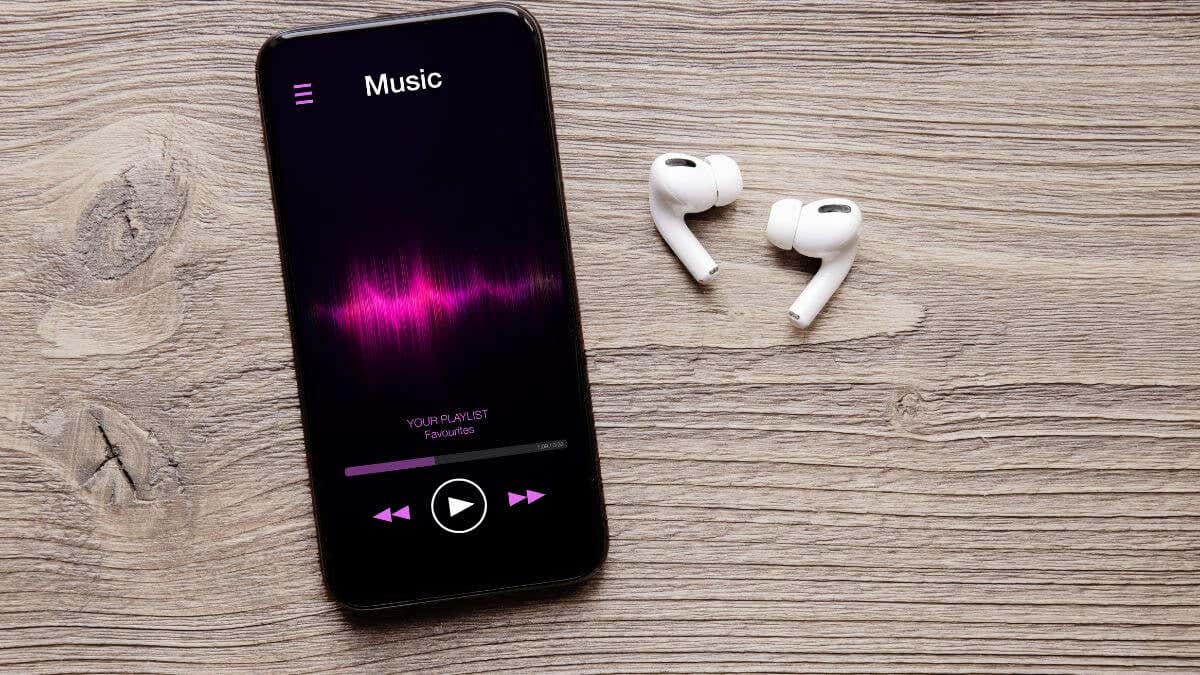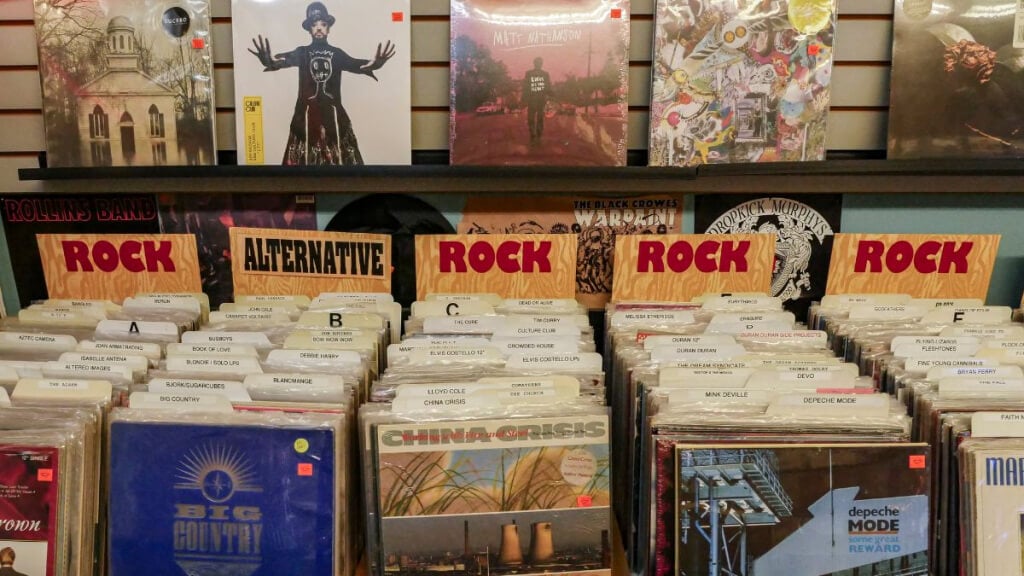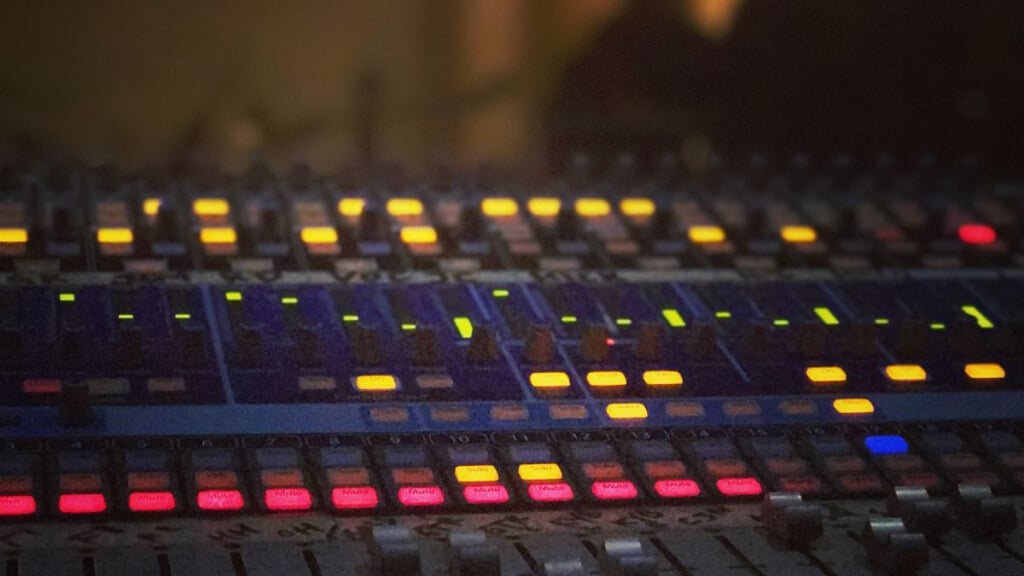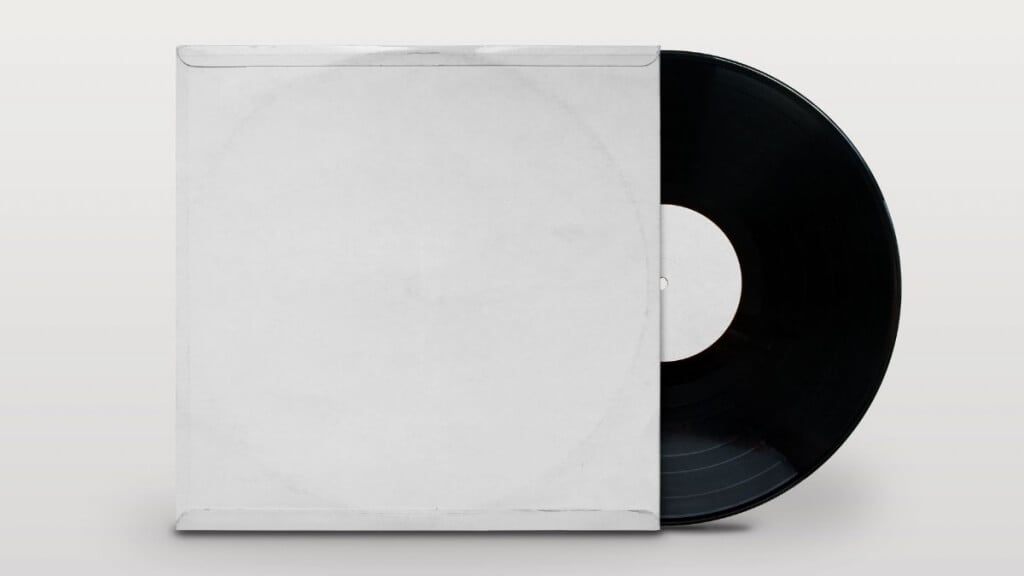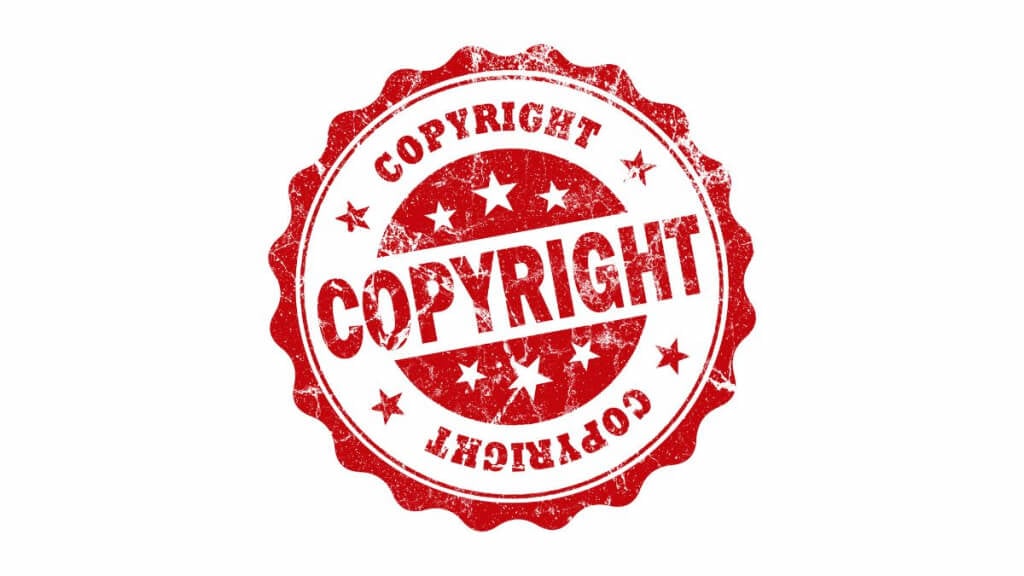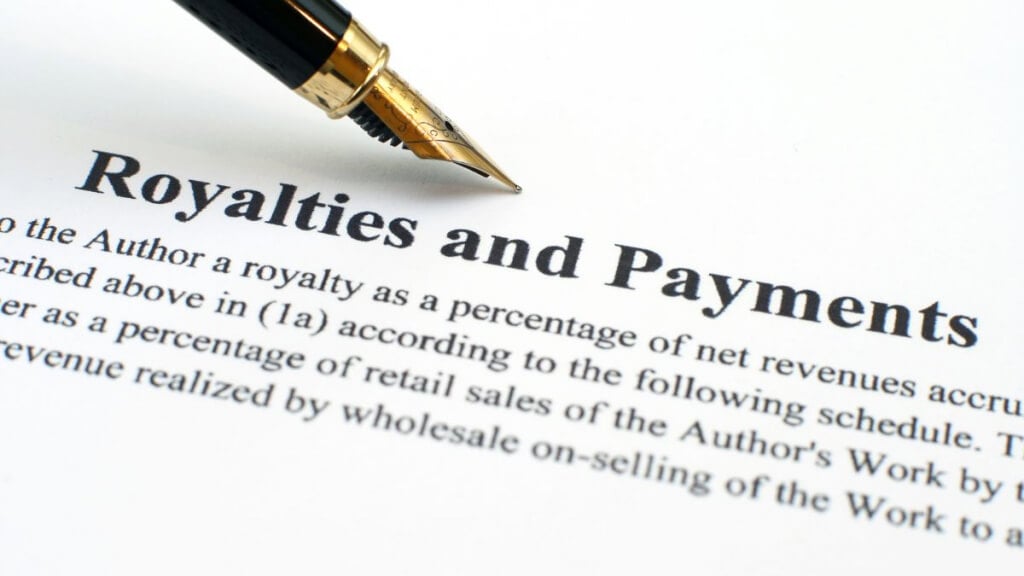Share your band with the world
If you’re a musician who wants his own songs on Apple Music, you may be wondering how to upload them to the streaming platform.
It’s easier than you might think, but it’s not as simple as uploading MP3s to a digital music store and calling it a day.
You Need a Music Distributor
Apple does not deal directly with artists, so there’s no way for you to upload your music to the service on your own. However, if you’re an artist signed by a record label, the label will do all the work for you when dealing with Apple.
If you’re an independent artist not signed to a label, you’ll need a music distributor. Specifically, you’ll have to use one of the music distributors on Apple’s approved partner list. At the time of writing, 28 partners listed on Apple’s site offer music distribution services.
The exact services offered by each provider can differ. For example, some only handle music, and some also handle music videos or live concert performances. In addition, some provide translation services for your metadata (e.g., track names) or let you submit the lyrics for your songs.
Different distributors are suitable for different kinds of artists. They also have specific registration processes, steps to enter information into their database, and uploading the music to Apple Music. This is why we can’t provide step-by-step instructions on how to add files on a distributor’s site and publish them.
They are all different, and all appeal to different types of artists. However, they guide everyone on how to upload a single, album, or video.
It Costs Money to Publish
Music distributors don’t provide their services for free. You’ll have to pay a publication fee for your music to add it to the service. These fees are small but help to deter frivolous music submissions. Do cross-shop among the different distribution partners to see who offers the best rate.
You should also consider the distributor’s commission. A lower cut for the distributor might justify a higher upfront fee, especially if your music gets lots of listens!
For example, TuneCore charges a fee for each registration and upload but takes no commission. CD Baby, on the other hand, takes a 9% cut of streaming and download revenues, and 15% of publishing royalties.
Your Music Must Meet Minimum Technical Standards
Today, anyone with the right skills can make professional-quality music in their homes. That doesn’t mean you can just upload and have it published.
Music distributors have minimum technical standards aligned with Apple’s requirements. Some distributors may have additional requirements if they publish your music to streaming platforms such as Spotify or YouTube Music. Not every distributor may agree to put lossless versions of your music online.
If your music doesn’t conform to what the distributor requires, you may have to export your songs again from your music production software, or you’ll have to convert your original files. For example, TuneCore has a guide for its clients with the technical specifications for the songs and how to convert music that doesn’t conform using the Music app on Mac or iTunes on Windows systems.
You’ll Need Cover Art
The metadata you can include with your music submission is optional. Still, one thing you must produce in addition to the music itself is the cover art. Because you’re publishing digital music for streaming doesn’t mean your “album” doesn’t need a cover.
A fantastic album cover is visually attractive. Before you make yours, check the quality and dimensions of the artwork for the music distributor of your choice.
If you aren’t much of a visual artist and can’t afford to pay someone for album art, you still have several affordable options. For example, you can use a photograph and a tool such as Canva to create an album cover. Even AI image generators, such as MidJourney or DALL-E 2, will draw anything you can imagine for a tiny fee.
You Must Have Rights to the Music
You must own the copyright to the music you upload or have it properly licensed from the rights holder. You may have to sign a declaration or provide evidence that you have the rights and permission to upload music to the distributor.
If you’ve made a cover version of an existing song, you’ll need the permission of that song’s rights holder to publish your cover and make money from it. Even if they consent, they are entitled to a percentage of your revenue through royalties. Ensure that before you try to upload your music files to a distributor.
If your music samples another artist’s music, the same rules may apply depending on the specific laws in effect and how you’ve sampled the music. If you’ve used samples from a royalty-free music library, check the terms and conditions since the royalty-free status may come with some strings attached.
While your work is technically copyrighted as soon as it’s recorded, a formal registration with the music rights body makes it easy to prove in any disputes. The rules of composition or writing credit may vary from one country or jurisdiction to the next.
Music Must be Correctly Credited and Royalties Distributed
Music rights can be complicated. If you collaborated with someone else (e.g., you’re in a band) or someone contributed to the music composition or lyrics, they are entitled to writing credits. It’s a good idea to register your songs with your local music rights organization, listing everyone entitled to a revenue cut.
If you don’t provide the correct information to the distributor, it can lead to legal issues later with injured parties looking to claim their rightful slice of the revenue.
Promoting Your Music
Getting your audio files distributed is half the battle! Once your music is on music streaming services, you still need to convince people it belongs in their iCloud music library. The dream would be to get your songs on a popular Apple Music playlist or even featured on the service’s front page.
Record labels with huge promotional budgets have no issue paying for advertising space to get their new releases as much visibility as possible. However, for independent artists, the biggest struggle these days is to get people interested in their music.
Some music distributors offer tools to promote your music. Some of these tools may attract additional fees or a higher cut for the distributor, but the rising tide lifts all boats. Spending money on the right promotion types is never wasted, but you don’t have to invest much money to promote your music. Here are some ideas to get started:
- Create YouTube content that links back to your Apple Music page.
- Use social media to promote your music or get help from social media management professionals.
- Create music videos or capture live performances and use this for promotional material.
It’s a good idea to observe how successful independent artists on Apple Music market themselves. It’s also important not to limit your audience to those with an Apple Music subscription. Many distributors will also publish your music on other streaming music platforms, and getting your music distributed as widely as possible can be a good thing.
Claiming Your Artists Page
Once your music is uploaded to Apple Music, the final step is to claim your Apple Music Artists’ Page. You can’t do this until your content is live, but once your content is on the platform, you can use the Apple Music for Artists app to claim your page after providing the artist’s name. Of course, you must have an Apple ID or create one to complete this process.
You’ll have to provide some evidence that you are affiliated with the artist, but once you comply, you should be given access. While you can’t upload music, you can add additional information about your act and other aspects of the artist page.
You can claim your page from the iOS app on iPhone or iPad, or you can do it from any other platform like macOS, Windows, or Android.

